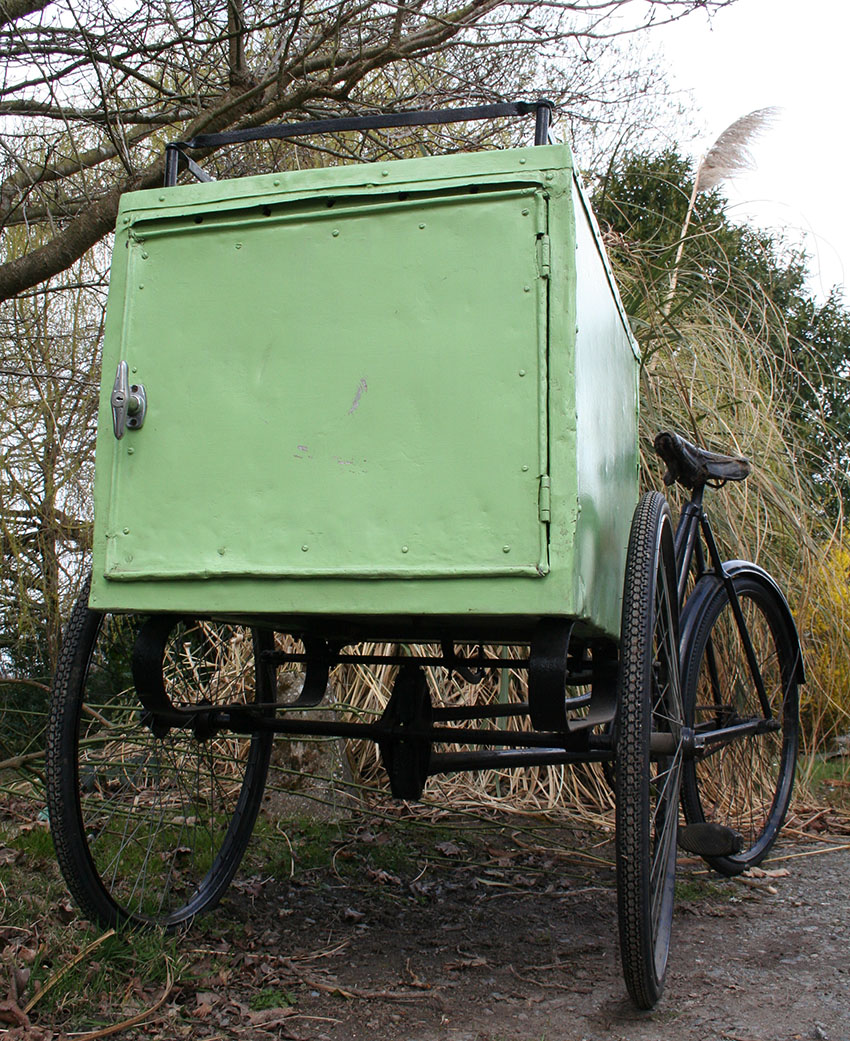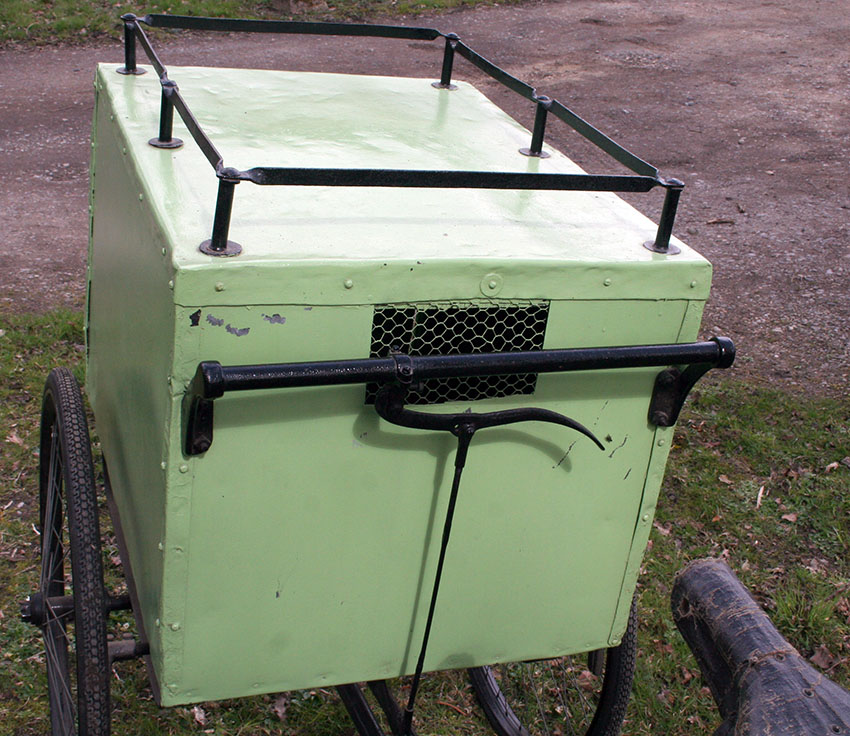

Colchester is the oldest recorded town in Great Britain (77 AD), founded by the Romans as their capital (Camulodunum). It was one of the three towns attacked by Boadicea in the year 61 AD. After the Romans left Britain in 407 AD, Saxons invaded from Germany; they named the town Colne Ceaster. (Ceaster was the Saxon word for a group of Roman buildings). The Danes invaded in the 9th century, and captured eastern England.
The ‘Anglo-Saxon Chronicle’ mentions Colchester in the year 917 when the English recaptured it from the Danes: ‘The people gathered that Autumn, from Kent, Surrey, and Essex and from the nearest burghs (fortified towns). They went to Colchester, besieged the town and fought till they overcame it and killed all the people except those who fled away over the wall’. The English then repaired the damage to Colchester and occupied it. By the late 10th century Colchester had a mint and a weekly market.
‘Dog whippers’ were church officials tasked with preventing dogs entering churches. Old parish account books record payments for their services. Sometimes an area in a village or town was provided for the dog whipper: a small park named ‘Dog Acre’ in Birchington-on-Sea is the remnant of such a grant. One of the last recorded dog whippers was one John Pickard, who was appointed to Exeter Cathedral in 1856, and a small room in the cathedral is still known as the Dog Whipper’s Flat.
Some villages employed dog whippers in a more general capacity, dealing with stray and disruptive dogs throughout the village, so that the position became that of a ‘dog catcher.’
Packs of dogs had been tolerated on the roads in Victorian times: they might have been an inconvenience to horse riders, but were not a major threat. However, cyclists found them more of a challenge, and small guns were often used by riders to disperse them. By the time motorised transport was established, feral packs of dogs had become a general nuisance in towns and cities, and many borough councils employed the services of a dog catcher.
In the early days of the twentieth century, a dog catcher would have used a horse and cart. (The horse and cart continued to be used even into the 1960s for various jobs such as ‘rag and bone man’). By the late 1920s, motorcycle sidecar outfits or small vans were cheap enough for purchase by some local councils. But, in the 1910s and early 1920s, a carrier tricycle with a caged box on the front would have been an ideal vehicle for a council dog catcher to perform his duties.


1920s Brown Brothers Dog Catcher Carrier Tricycle
Used by Colchester Borough Council in the 1920s
Model 2 (1 Cwt) Lightweight
28″ Wheels
(Now sold)

From the turn of the century onwards, Brown Brothers was one of the world’s leading wholesale and retail cycle component suppliers, with premises around the country and a large catalogue ‘mail order’ business. Brown Brothers marketed components made by leading British companies, such as BSA, Phillips and Chater Lea. Bicycles were sold either in knock down form – favoured by trade customers – or, for retail customers who wished to visit their central or regional premises, fully assembled and ready to ride home. All the major suppliers also used railway freight services to deliver bicycles: so a customer could collect their new machine at their local station.


As well as roadster bicycles, Brown Brothers Ltd also did a good trade in carrier bicycles and tricycles. Early carrier tricycles had 28″ wheels rather than 26″ and the top of the front box was fitted with an iron railing as the top of the box was the traditional place to put goods. Though this particular unit is a lightweight (1 cwt) model, the heavier carriers were often piled so high with goods that the rider could not see ahead, and there are various reports of such tricycles being pulled over by the police.
The distinguishing feature on a ‘Brown’ Carrier Tricycle, which makes it easily identifiable, is the looped tube above the chainwheel in an opposite curve to the main tube.

Brown Brothers supplied two styles of carrier tricycle: ‘Model 1’ was a heavy duty carrier designed to carry a load up to 2 cwt, and ‘Model 2’ (as in this example) which was a lightweight carrier for loads up to 1 cwt.
Front boxes were supplied according to the customer’s individual requirements. If required, boxes could be supplied painted with gold leaf letters and black shading.
This set up could be purchased as a complete unit, or as separate components, as illustrated in the 1910 Brown Brothers catalogue, below.





BROWN BROTHERS CARRIER TRICYCLE FRONT BRAKES

Brown Brothers’ unique carrier tricycle front brake is very basic, but effective.





1926 BROWN BROTHERS LTD (BBL) CATALOGUE






















PICKING UP PUPS: 1900-1950
by Donald F. Wood






…And the picture of the dog catcher below is from the 1932 Marx Brothers film ‘Horse Feathers’




DOGS (and CATS) IN LONDON IN 1923

Most people do not realize that there are more dogs in London than there are people in Brighton, Eastbourne and Hastings put together. Members of this vast canine population are always liable to injury from accidents; they reach decrepit old age in ten or twelve years, fall victims to disease, develop faults which make their owners wish to be rid of them. All these things make it desirable that small shelters should be opened in various parts of London. Most are in poor districts like, Plaistow, Bethnal Green, and other areas where there is much hard work and little hard cash. It is to these shelters that dog-lovers in London look for the remedy of that common evil – the turning adrift of unwanted dogs. Were it not for these shabby sanctuaries, where the sweet and cloying odour of chloroform pervades the room which contains the lethal chambers, the number of stray dogs and cats wandering hopelessly about the streets of London would be immense.
Out of all the dogs found by the police only one in twenty is claimed. The owners of the rest are either afraid to claim their dog because they have no licence or there was no name and address on the collar, or else, sad comment on human fidelity, they do not care enough about their “ex-pets” to seek for them at the official dogs’ homes.
Tricycles and motor ambulances are often to be seen taking sick, injured or stray animals to the hospitals. There are caravans, or travelling dispensaries, which take up a pitch in side streets, to which crowd children with their sick and afflicted domestic pets. The Canine Defence League has a scheme by which veterinary surgeons visit sick dogs in their own homes free of cost to poor owners.
Many of these little places deal with cats as well as dogs, and there are many more cats than dogs in the poorer districts. The London cats would be as numerous as rabbits in Australia if these shelters did not carry on their work of rescue. You will not see cats congregated in joyful and vociferous crowds in London – though you may hear their melancholy voices at night; but you will scarcely traverse any thoroughfare without seeing at least one pussy sunning herself on some fence or window-ledge, secure from ill-mannered dogs. Suburban streets swarm with cats; and even in the busy thoroughfares of the City and West-end they go about their own concerns, aloof and dignified.


Colchester info with thanks to – http://www.localhistories.org/colchester.html
Picking Up Pups with thanks to – http://blog.hemmings.com/index.php/tag/dogcatchers-truck/
1923 London strays info and pics with thanks to – http://messybeast.com/history/1923-dogcat-rescue.htm













































